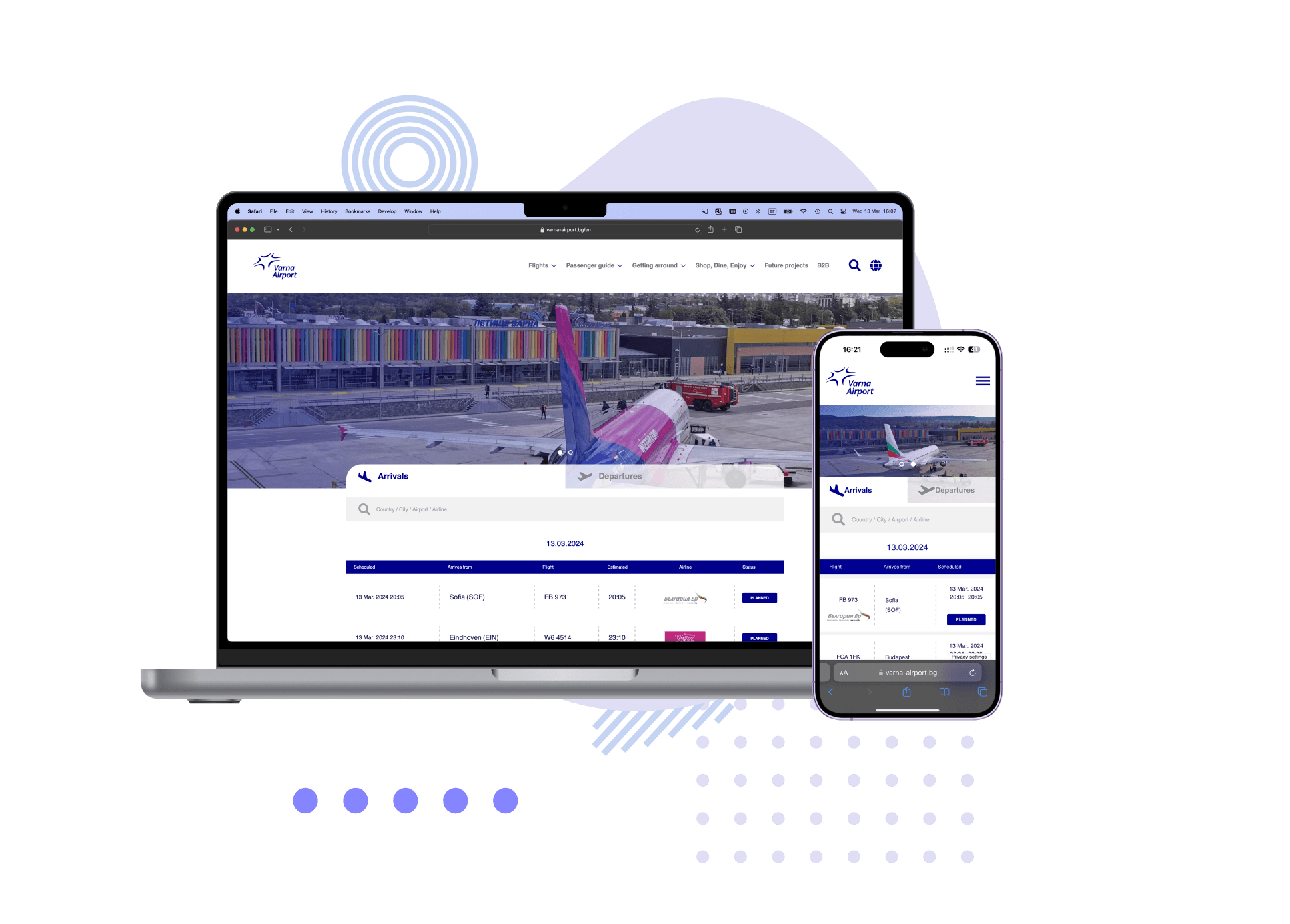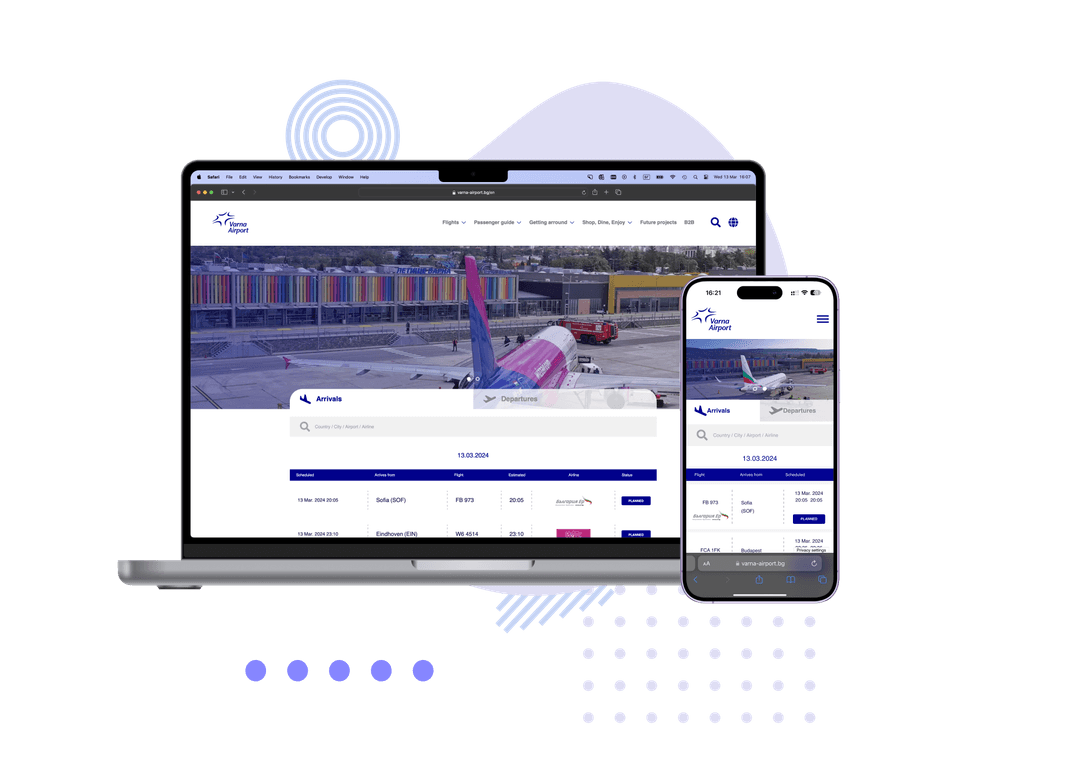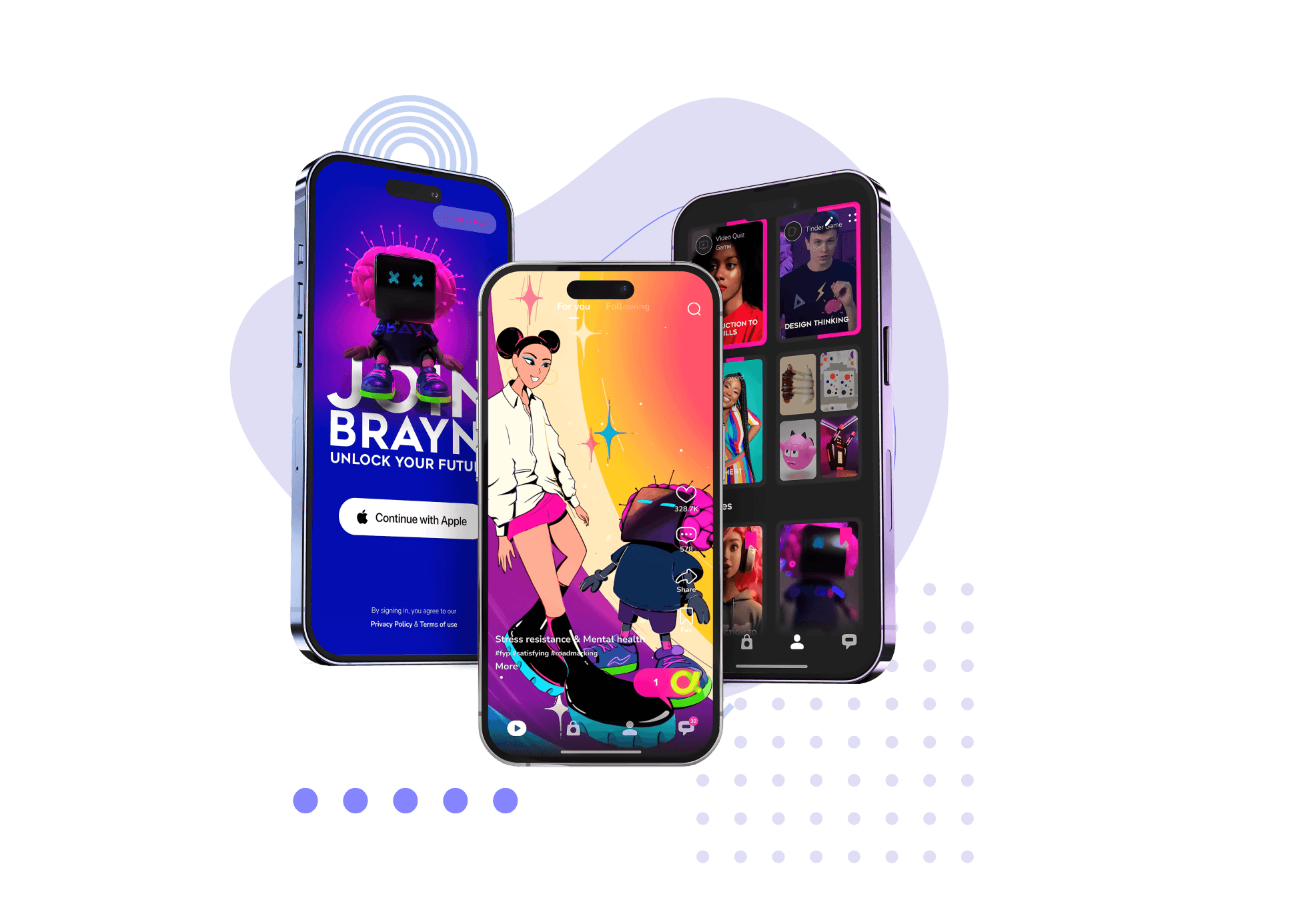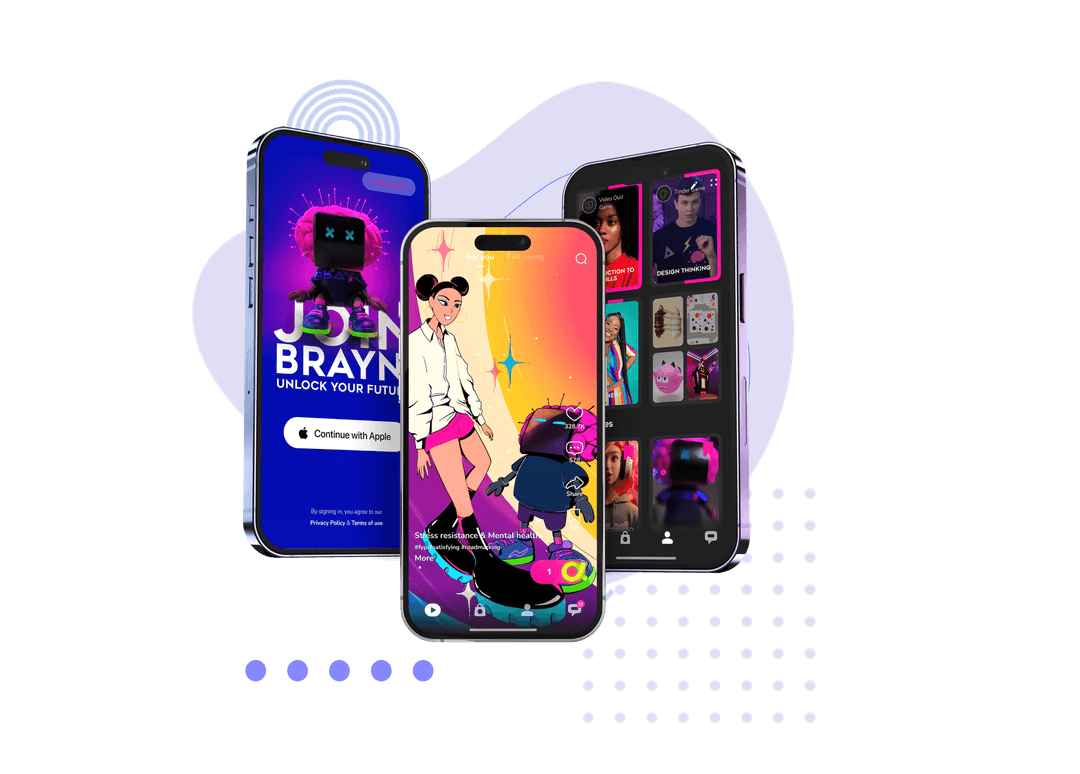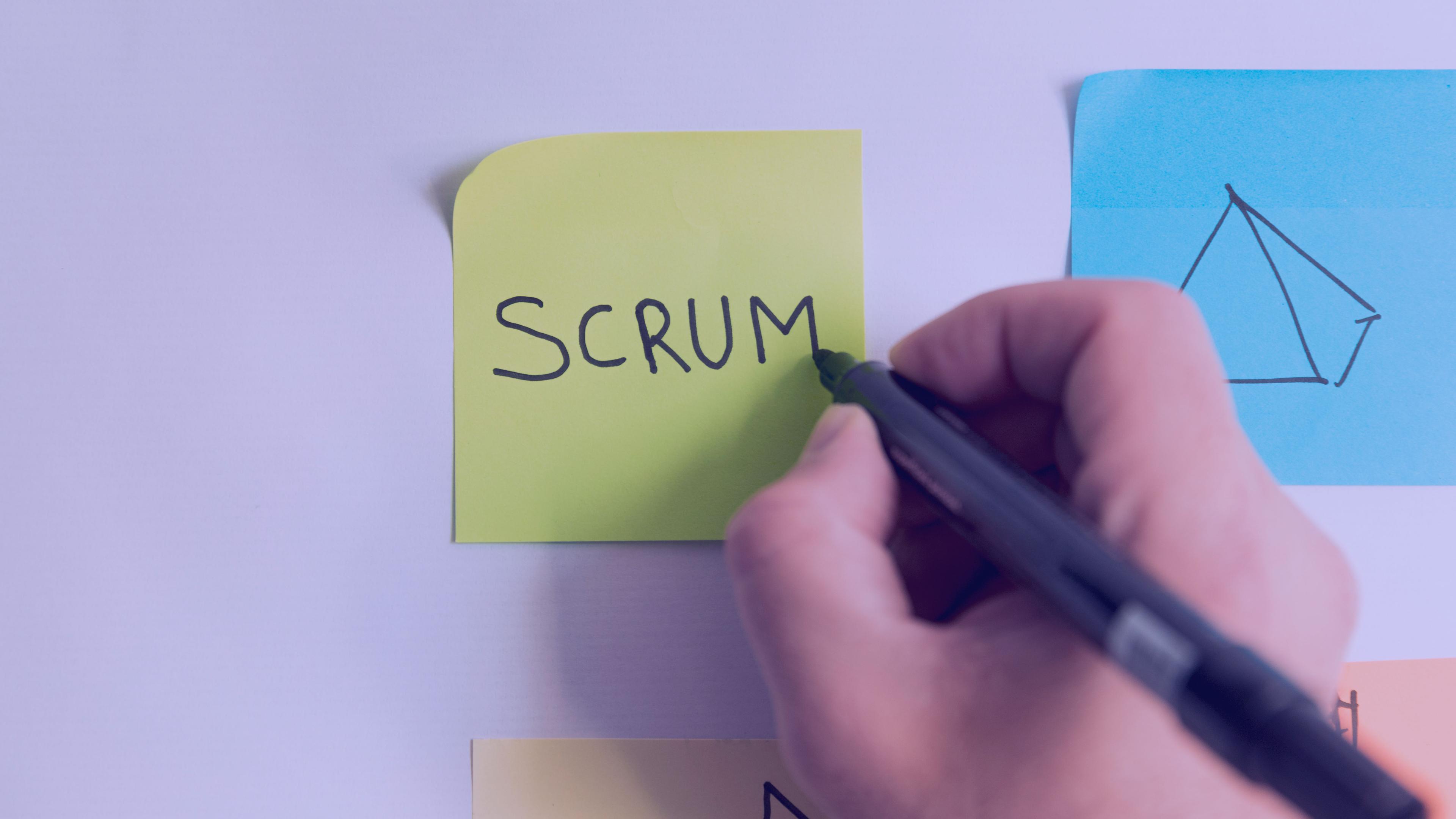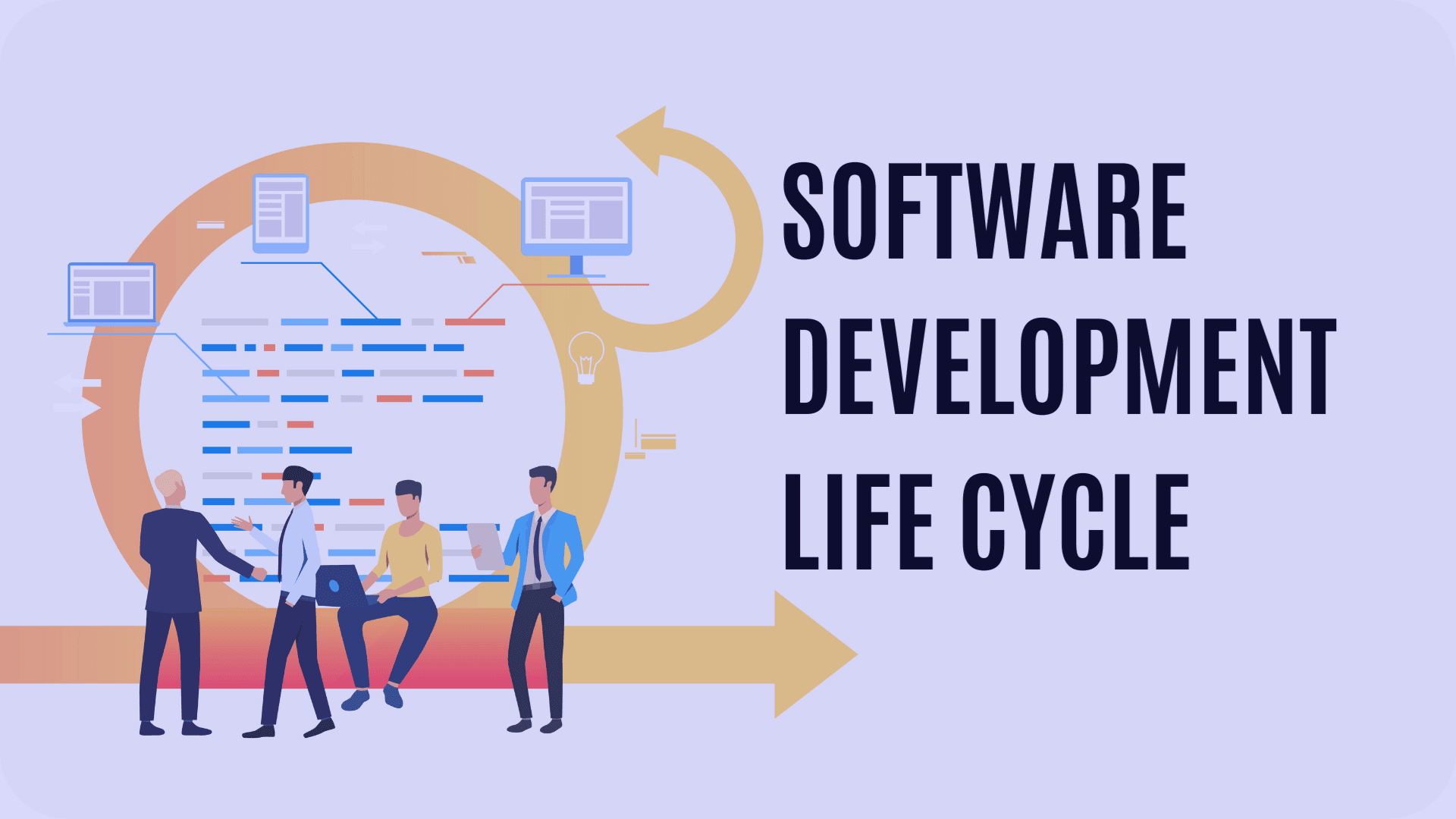Transform your idea into a successful product with our expert end-to-end product development services. Contact us today to discuss your project and explore how we can help you achieve your business goals.
Comprehensive end-to-end product development
From ideation to deployment, we provide complete product development solutions. Our services encompass web and mobile app development, AI integration, and cloud solutions, ensuring your product excels in today’s competitive market.

Our services
- Market research: Conduct in-depth market analysis to identify opportunities.
- Product strategy: Develop a tailored roadmap to achieve your business objectives.
- UX design: Craft engaging and intuitive user experiences.
- UI design: Create visually appealing and user-friendly interfaces.
- Prototyping: Develop interactive prototypes for early validation.
- Web & mobile app development: Build responsive, high-performing applications.
- AI development: Integrate advanced AI solutions to enhance functionality.
- Cloud solutions: Implement scalable and secure cloud infrastructures.
- Automated testing: Ensure code quality through automated tests.
- Manual testing: Identify and fix bugs with extensive manual testing.
- Performance testing: Guarantee optimal performance under various conditions.
- CI/CD: Automate deployment for faster release cycles.
- Monitoring & support: Provide continuous monitoring and support.
- Product iteration: Improve the product based on user feedback and market trends.
Collaboration models
- Skilled resources: Enhance your team with our experienced developers, designers, and QA specialists.
- Flexibility: Scale your team up or down as needed.
- Seamless integration: Our experts integrate smoothly with your existing team and processes.

- Autonomous units: Benefit from fully self-sufficient teams that handle end-to-end development.
- Focused expertise: Teams composed of specialists tailored to your project’s requirements.
- Accountability: Our teams take full responsibility for delivering high-quality solutions on time.

- Strategic guidance: Receive expert advice on technology stack, architecture, and best practices.
- Innovative solutions: Leverage our knowledge to implement cutting-edge technologies.
- Growth planning: Develop strategies for scaling and evolving your product over time.

Why choose us?
We handle the entire product lifecycle, ensuring a seamless and cohesive development process

Our team leverages cutting-edge technologies to deliver innovative solutions

We prioritise your business goals and user needs, delivering products that align with your vision

With numerous successful projects across various industries, we bring extensive experience to every project

Key benefits
Our products are built to be robust, scalable, and high-performing
We ensure your product meets market demands and user expectations
Our thorough testing and validation processes minimise potential risks
Our agile development approach ensures rapid delivery, helping you stay ahead of the competition
Tech Stack

















Ready to start your project?

Our projects
What our clients have to say?
FAQs
End-to-end product development encompasses the entire process from initial concept through to deployment and ongoing maintenance, ensuring a cohesive and efficient development lifecycle.
The duration varies depending on the project scope, but it usually ranges from 6 to 12 months. However, there is no one-size-fits-all solution here, thus we will analyse your project and provide you with a tailored offer.
Get insights into product development
GET IN TOUCH

